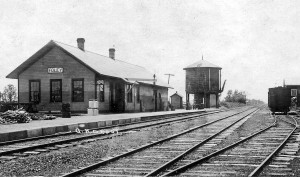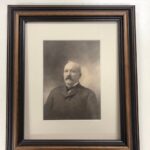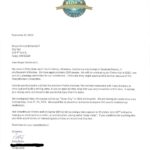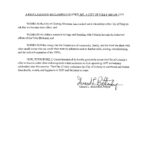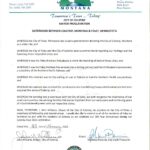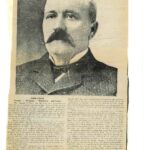History of Foley
The Foley Brothers
The City of Foley traces its roots back to the 19th century lumber barons and the four Foley brothers who settled in Benton County in the late 1800s. The brothers originally came from Lanark in eastern Ontario, Canada. Their Irish immigrant family made Lanark their home during the second administration of President Andrew Jackson during the turbulent 1830s.
Michael Foley was the first brother to come to Minnesota. He arrived in 1870 and immediately saw the huge economic opportunities Minnesota had to offer. He was catapulted into the lumber industry through his business contacts with James J. Hill, “the empire builder.”
Michael later returned to Lanark to persuade his brothers, Thomas, Timothy, and John to join him in seeking their fortune in the Land of Sky-Tinted Water. They agreed and the four brothers formed a partnership that would last a lifetime.
Lumber Barons and Railroads
The Foley brothers bought 80 acres of land in Gilmanton Township and set up a logging camp and steam sawmill at the site of the present day village along with other camps throughout Benton County. The brothers contracted with the Great Northern Railroad to cut the white oak trees in the surrounding area into lumber.
The sawmill produced high-grade lumber for bridge timbers and frames for railway cars. Second-grade oak was made into railway ties. Wood from the Foley mill helped to build the railroad, which extended through the logging camp westward from St. Cloud in 1882.
To supply the needs of the lumber and railroad workers, businesses moved to the camp and set up shop. By 1898, the Foley brothers filed the original plat of the village and the economy boomed. A hotel was built and stores opened. A bank, newspaper, drug store, livery stable, meat market, machinery dealer, cafes, and saloons lined the streets.
By the beginning of the 20th century, the supply of big logs from the heavy timber of Benton County came to an end. Though the big trees were gone and logging ended, there was still an unlimited supply of trees ready to be manufactured into wood products that were much in demand.
New Industry
John Foley foresaw the end of the logging and sawmill business and made plans for a new wood industry in Foley. He donated several acres of his land for new businesses. Three mills sprung up south of the railroad tracks. These mills, or pail factories, became known as the Wood and Stave Mills and Heading Mills.

The Village of Foley was incorporated on March 21, 1900.
The new mills manufactured wood staves for pails, barrels and wood boxes of all sizes. Ash and basswood were in great demand and was the most suitable for making pails and barrels. Oakwood was used extensively in making whiskey kegs and beer barrels, which were used for shipping liquor and beer. At the time, every saloon served tap beer and sold whiskey in bottles from the kegs. Wood barrels of various sizes were used to ship everything from flour, salt, coffee, fruit, vinegar, and groceries.
By March 21, 1900, when the population was 172, the community was incorporated as a village. It was named for John Foley, whose many generous contributions had helped to build the town.
Benton County Seat
On March 4, 1901, the citizens of Foley circulated a petition to be presented to the county commissioners pledging $12,000 to build a new courthouse and move the Benton County offices from Sauk Rapids to Foley. John Foley deposited $12,500 in the Foley Bank to cover the pledges and other costs of the new courthouse. The election was held in June and it was reported that there were 788 votes for keeping the county seat at Sauk Rapids and 1,284 votes for moving it to Foley.
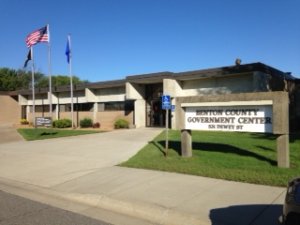
Benton County Government Center – Foley, MN
By the time Foley became the Benton County Seat, lumbering had decreased in importance in the area. The surrounding land was soon cleared and made into farms. The region, once referred to as oak country, became dairy country and the businesses of Foley, which had served for the lumber industry, now served the farmers.
For more information on the history of Foley, read “Seventy Years: The Foley Saga,” Edward T. Foley, 1945.
Sister Cities
On Dec. 6, 2022, the City Council issued a proclamation approving a request from the City of Colstrip, Montana, to become Sister Cities. Colstrip and Foley share many historical roots, including a connection with John Foley, one of the Foley Brothers.
- John Foley
- Letter from Colstrip, MT
- Proclamation
*A special thank you to the Benton County Historical Society for their assistance in ensuring the accuracy of this page.

